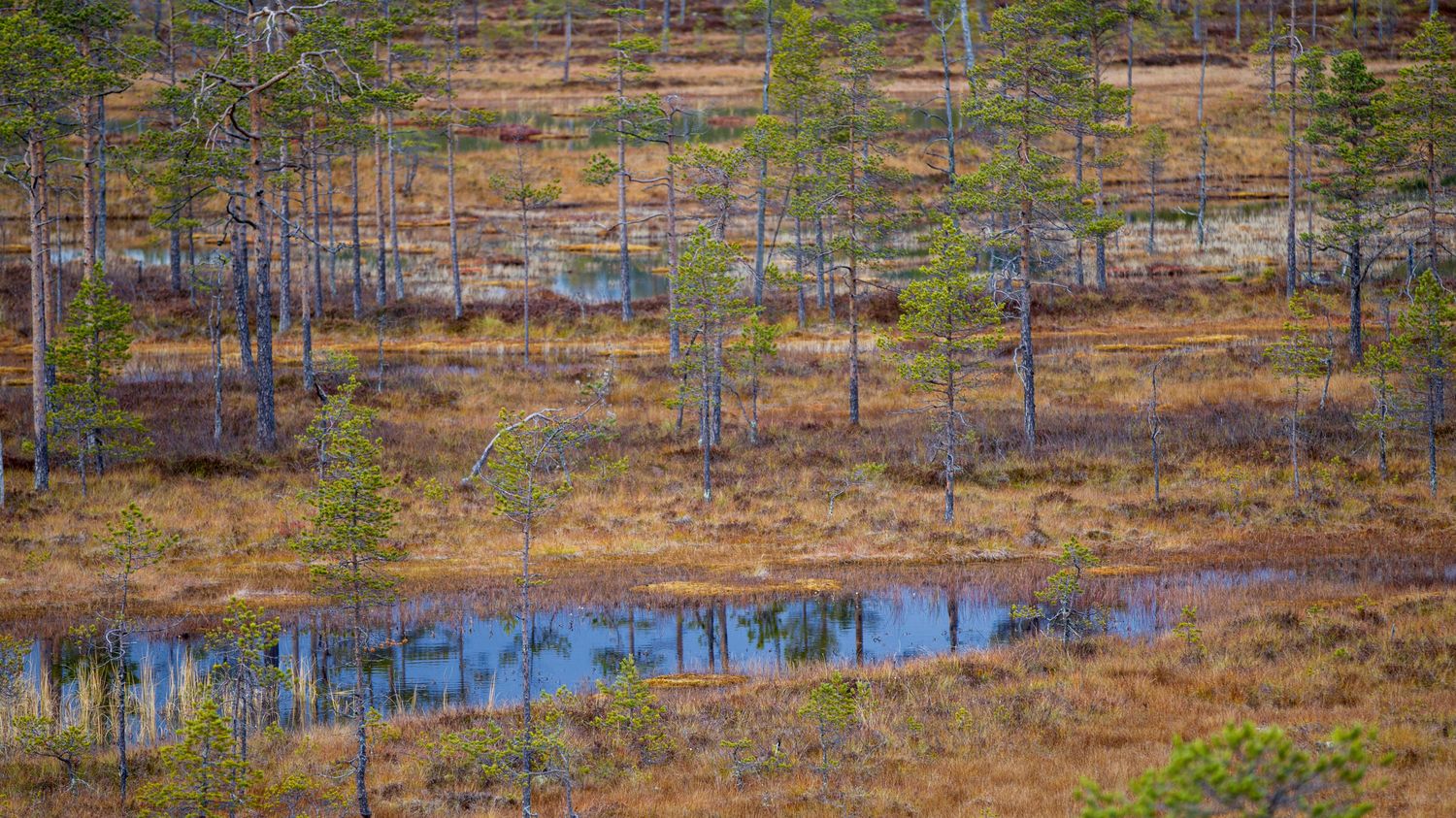Parliament adopted, on Wednesday in Strasbourg, an amended version of this text, which plans to impose on Member States binding objectives for the restoration of land and marine areas damaged by pollution or intensive exploitation.
It is an important text, supposed to become one of the pillars of the Green Deal of the European Union. The bill aimed at restoring ecosystems (wetlands, forests, rivers and lakes, marine habitats, etc.) escaped a motion of rejection on Wednesday July 12, during a vote by MEPs in Strasbourg ( 324 votes against 312, and 12 abstentions). Parliament then adopted an amended version of the text, giving the first green light to this bill. “Europe adds a string to its bow of environmental struggle by directly concerned with the deterioration of diversity”reacted the ecologist MEP Karima Delli in a press release.
Negotiations will now continue in trilogue, with the Council of the EU (which represents the governments of the member states) and the European Commission, to arrive at a final version of the text. Emphasizing that “more than 80% of European habitats” were “in poor condition”, the Council of the EU had reached an agreement on June 20 to launch this proposal for a regulation, which would therefore apply to all of the Twenty-Seven. The Commission had adopted the proposal two days later but, thereafter, no agreement had been found in the parliamentary committee, which explains the vote on a motion of rejection which takes place on Wednesday.
What does the bill say?
The draft regulation, before it was amended by Parliament on Wednesday, provided for the establishment, by 2030, of “measures” restoration on at least “20% of land areas” And “20% of sea areas” of the European Union. The final objective is extended to “all ecosystems” who need it, by 2050. Instructs Member States to develop specific plans to meet these targets. These criteria, however, were to apply only in areas of known condition. In detail, the measures were to concern at least 30% of damaged terrestrial and marine ecosystems by 2030, then 60% by 2040 and 90% by 2050, according to a press release from the Council.
The text also concerns cities: the surface area of green spaces or urban tree cover cannot decrease, unless this share is already greater than 45%. Furthermore, in the initial text, the Member States undertook to prevent any degradation in areas in good condition or those subject to protective measures, such as the Natura 2000 network – without any obligation of result, however. States had also added exceptions for renewable energy or defense infrastructure projects.
Why were some elected officials opposed to it?
The European People’s Party (EPP), the leading force in the Strasbourg Parliament, demanded the complete rejection of the text. Right-wing MEPs highlighted the potentially negative impact for agriculture, fishing or renewable energies. “Restoring nature should not sign the death warrant of all economic, industrial, forestry and agricultural production in Europe”hammered the French elected Anne Sander (EPP), rapporteur of the text in the Agriculture Committee.
She also raised food security issues, assuring that the supposed deficit will have to be compensated by imports of products from all over the world. These arguments were taken up by the powerful agricultural organization Copa-Cogeca, which expressed its opposition to the text on Tuesday before the European Parliament. Finally, Anne Sander castigated the objective of guaranteeing “high diversity topographic features” (hedges, ditches, wetlands, etc.) on 10% of agricultural land by 2030.
What do its defenders answer?
“The famous ‘10% of agricultural land frozen’, that simply never existed”, replied Pascal Canfin (Renew, centrists), president of the environment commission, questioned by AFP. This is an EU-wide indicative target that can be achieved by planting fruit trees or through crop rotations, he recalled. Not to mention that this could increase agricultural yields (less soil erosion, increased pollination, return of birds attacking parasites, etc.). “We are very angry at the impossibility of having a rational debate. Usually, this kind of argument is made by the far right, never the EPP”was alarmed the former French minister.
More broadly, the EPP’s strategy has been accused of“electoralist” by the supporters of the text, in the run-up to the European elections of 2024. They denounced “untruths” and are alarmed by a rapprochement with the extreme right (ID) and the eurosceptics (CRE).
What cost and what benefit?
The European Commission, in its working document, estimated that the restoration of a large set of ecosystems could lead to benefits quantified at around 1,860 billion euros. It estimated the costs at around 154 billion euros, largely “income loss” for some farmers, forest owners and fishermen, “due to the transition to more sustainable practices”. Brussels paved the way for total or partial compensation, covered by European or national funding.
And now ?
If the rejection motion had been adopted, the President of the European Parliament, Roberta Metsola, would then have asked the European Commission to withdraw her text, without any other alternative. But after having adopted a modified text, the MEPs will now examine a compromise which corresponds exactly to the common position of the States, which was moreover supported by a majority of governments belonging to the EPP.
